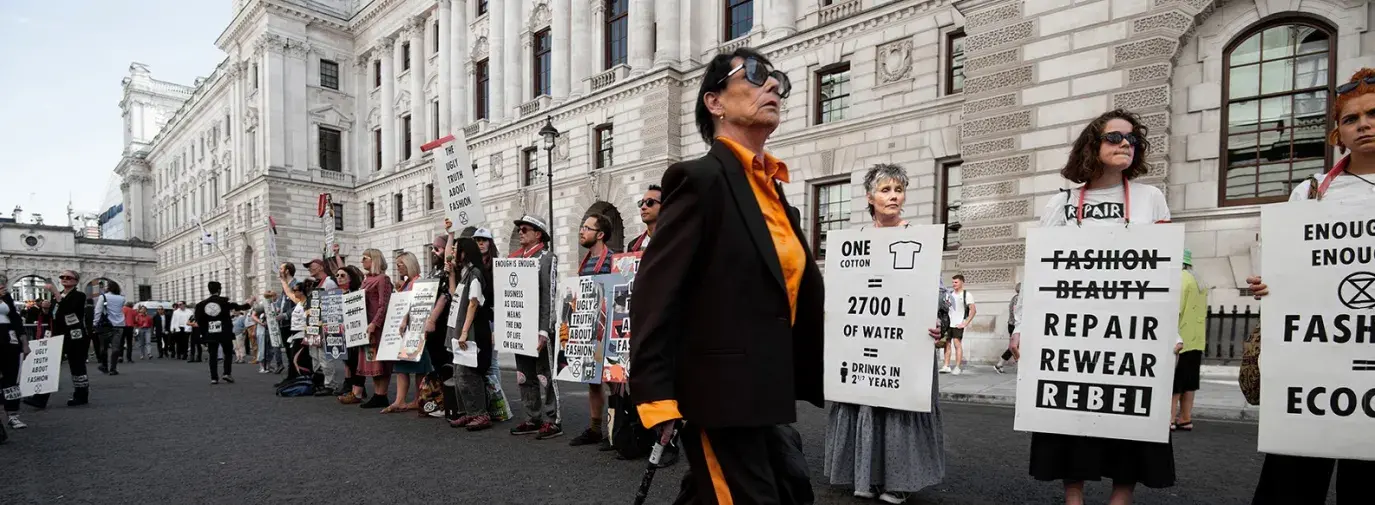
For many of us, fashion is fun. It’s a chance to show the world who we are. For others, getting dressed might be a chore. However you look at your closet, it’s affecting the Earth—the fashion industry has a bigger climate impact than air travel and maritime shipping combined.
According to Elizabeth Cline (author of Overdressed, a book that helped document fast fashion and bring new attention to the ethical fashion movement), Americans buy one out of five garments made in the world. The number of garments purchased each year by the average consumer increased by 60 percent just from 2000 to 2014, and shoppers kept them half as long (Read the full interview with Cline here).
For over 30 years, Green America has been active in greening the apparel industry by putting pressure on the largest companies including Nike, Hanes, and Gap, to address sweatshop labor in their supply chains. Our latest work on the issue is our Toxic Textiles Report, which focuses on the fashion industry’s influence on climate, the environment, and worker health. Our report found that the industry uses around 43 million tons of chemicals to turn raw materials into textiles this year.
Toxic chemicals abound in the industry—they’re added in agriculture, dyeing, and finishing textiles. For products like polyester, nylon, and other manmade materials, chemicals are part of production from the start, too. Workers who interact with these chemicals are not always provided with safety information or protective equipment.
But there is much progress to report. The 2013 tragedy at the Rana Plaza factory in Bangladesh sparked anew a global interest in fair wages and safe workplaces. One victory that came from the disaster was the creation of the Bangladesh Accord, in which brands work with labor groups to create safer factories. Under pressure from groups like Green America and labor-minded consumers, over 200 brands signed on, covering 1600 factories and two million workers. Read more about worker-led social responsibility projects like the Accord in “Worker Tested, Worker Approved Social Responsibility."
The Rana Plaza tragedy also engaged millions of consumers in the fight for safer workplaces, even those across the globe. Fashion Revolution, the world’s largest fashion activism movement, has teams operating in over 100 countries and promotes the hashtags #whomademyclothes and #imadeyourclothes to bring greater transparency into the industry.
“Amongst the brands and retailers we have reviewed over the past three years, we have seen a nine percent increase in their average score,” says Carry Somers, co-founder of Fashion Revolution. “We see transparency as a means to change, not the endgame. Transparency helps to reveal the structures in place so we can better understand how to change them.”
As always, the green economy is pushed ever forward by small, innovative, green businesses, like the leaders in our Green Business Network— read the stories of businesses on the front lines of sustainable fashion in “Bringing More Color to Green Fashion" and “From Fast to Fair Fashion."







